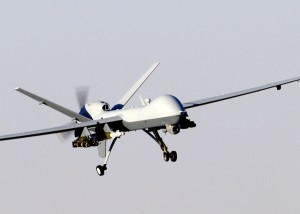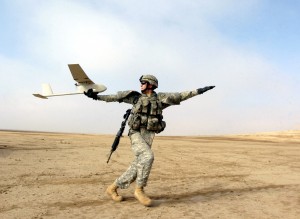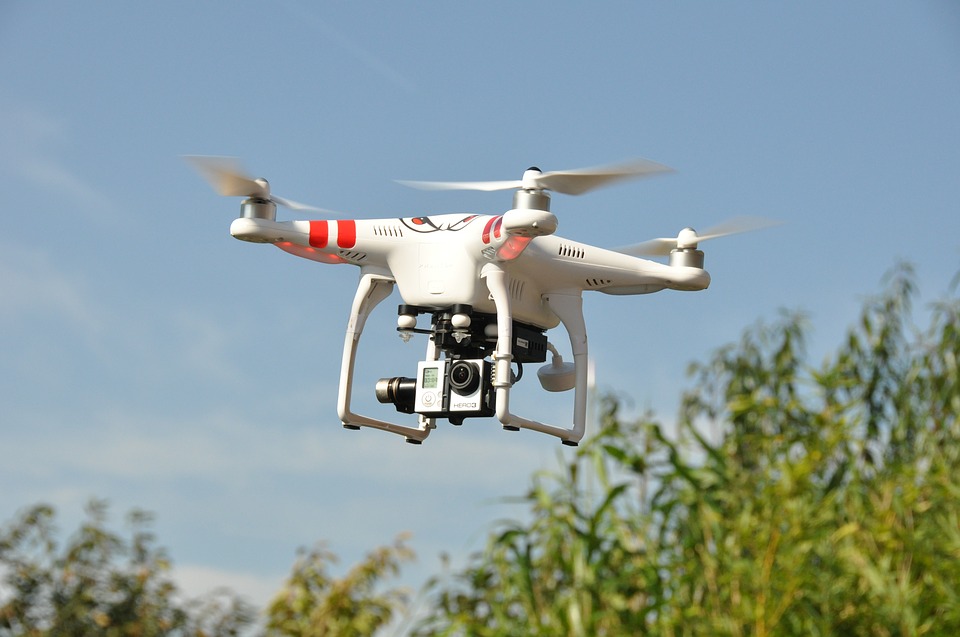IT’S A BIRD. IT’S A PLANE. NO, IT’S A DRONE – By Manil S Dodani
How are we using these aerial vehicles? Take a look at some their most promising uses
Flying Pizzas
In 2014, a Mumbai-based pizza outlet made headlines when it successfully delivered a pizza by a drone, to a customer located 1.5 kilometers away. Their gutsy demeanor didn’t go down well with the local police and the outlet was pulled up and questioned for their aerial antics. My first memory of a drone was watching the Hindi movie 3 Idiots, when a drone with a mounted camera flies up to see (and show) a students’ suicide. Since then, drones have fascinated me not only because they possess immense technological capability, but also because they’ve been revered by the military, feared by nations and used in countless areas of life.

Unmanned Aerial Vehicles
Drones were commonly known as UAVs. These drones are remote controlled but can fly on a preset flight path. Drones typically possess onboard GPS software or have the capability to link to one via the internet. Most people would link drones to the military or bombing attacks made by certain countries, however drones can and have been used in traffic surveillance, firefighting, weather analysis, police use and even for photo shoots and music festivals! Drones come in many sizes, ones that can be launched from home to ones that require a runway to take off! Consumer drones (or drones used by civilians like us) are meant for entertainment purposes, photography and so on. Military drones such as the MQ9 Reaper are defense drones that can deliver precision strikes and cause havoc in a given radius.

Military Applications
While India’s drone program struggles to reach production and weaponization stages, countries such as USA have managed to use drones extensively for both target surveillance and elimination. Drones were first used in USA under the Bush administration but their use has almost doubled under the Obama administration. Drones are used specifically in areas where manned flight is considered too dangerous and would cause loss of life. In situations like these, unmanned flights take the lead and use sensors, infra-red imaging and cameras to gain vital reconnaissance information. Onboard weapon payloads can be controlled from a ground station to ‘strike-out’ a given area. Drones usage has been severely debated upon due to civilian deaths caused by drone strikes, particularly in Pakistan.

Surveillance
The primary raison d’etre for drone technology was surveillance, before the world realized that flying in a machine to blow up something was better, cheaper and easier to fly in a human to do the same. New York has explored the use of drone surveillance for everything from a traffic snarl to fires to an actual disaster response. This is primarily because communication systems are the first to be knocked down during a disaster, but drones can beat all that, and can get an aerial view allowing response teams to react quickly and effectively .The most interesting drone surveillance program I’ve seen in recent times is NASA’s air traffic management system. Just like vehicles on the road are governed by regulations, so are aircrafts. The program uses geofencing, a feature used within a GPS program to define a virtual barrier that an aircraft/ human shouldn’t cross. Geofencing with drones can mean accurate barriers and clear flight paths thereby reducing accidents and mishaps in the air, whilst awarding more control to air traffic controllers
on ground.
Volume 5 Issue 12




























